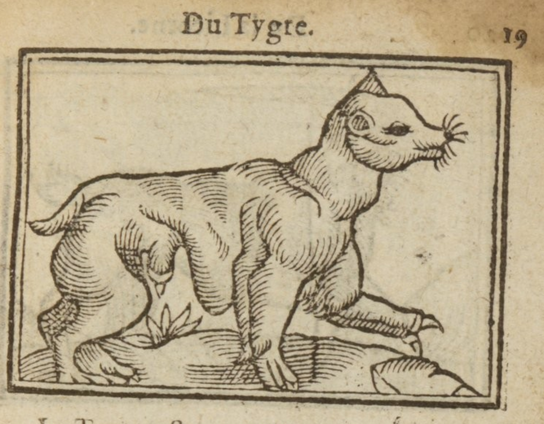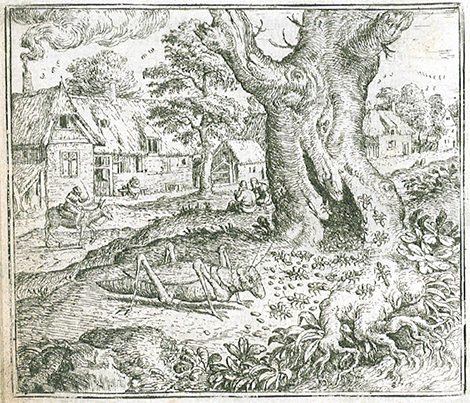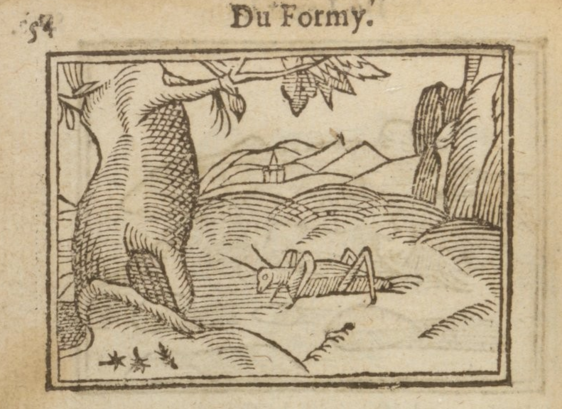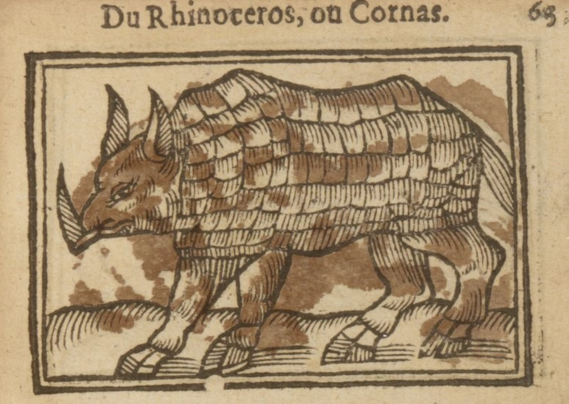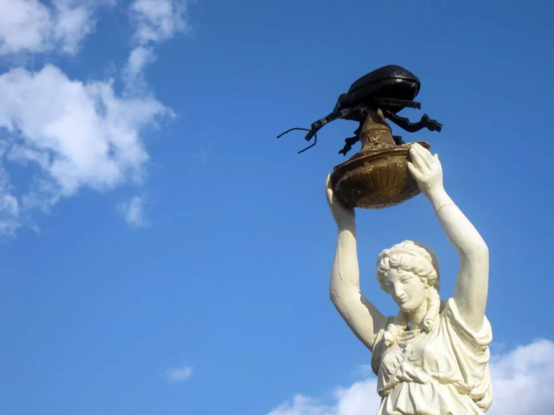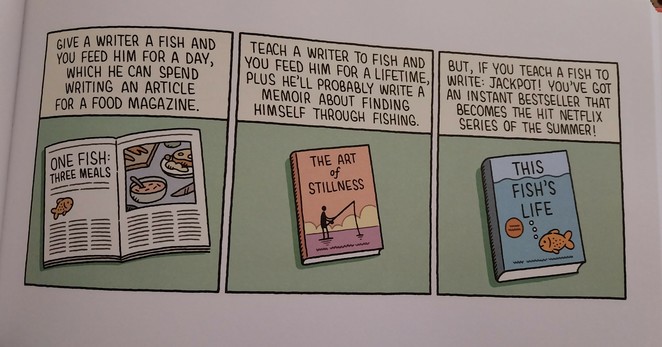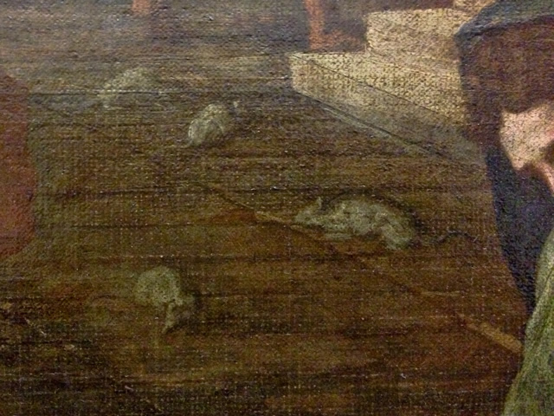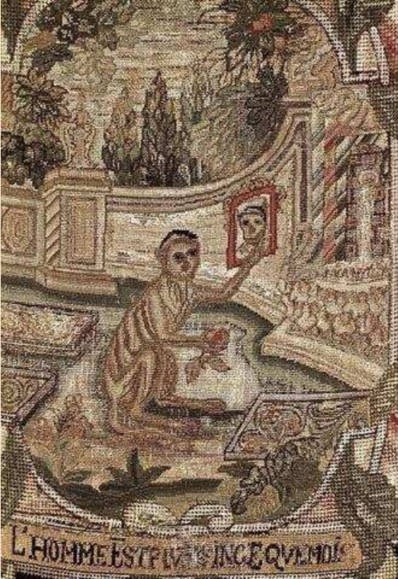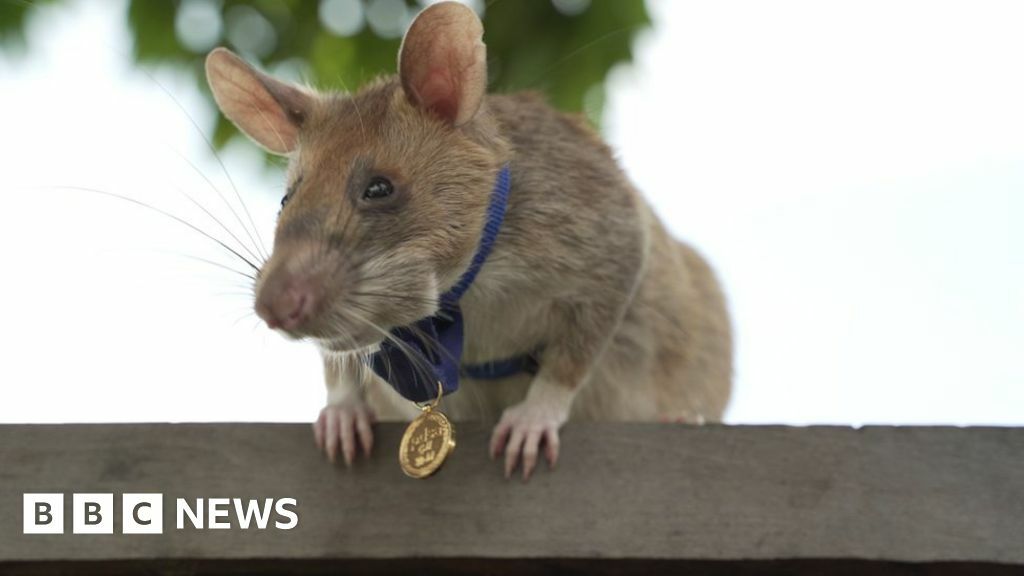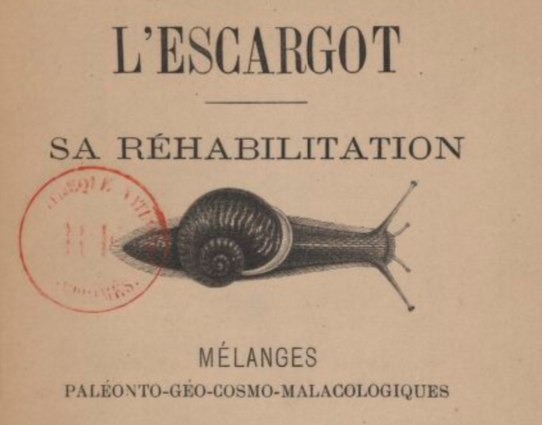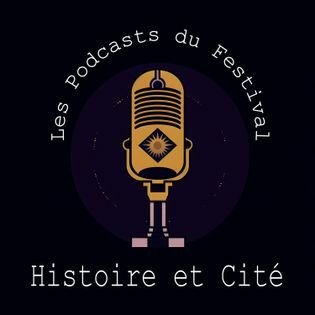Présenté sans commentaire :)
https://gallica.bnf.fr/ark:/12148/bpt6k10434952/f23.item #animhist
Recent searches
Search options
#animhist
Un joli exemple de "persistance rétinienne" un peu ratée des images animales :
En 1567 est publié le livre de fables animales "De warachtighe fabulen der dieren" d'Eduard de Dene, illustré par le formidable Marcus Gheeraerts.
La fable de "la fourmi et du criquet" est illustrée par une multitude de petites fourmis et une sauterelle à seulement quatre pattes.
https://www.dbnl.org/tekst/dene001wara01_01/dene001wara01_01_0015.php
En 1586, un livre plus petit (in-16) est publié à Lyon sous le titre : "La description philosophale de la nature & condition des animaux , tant raisonnables que bruts".
Le poème sur les fourmis, qui ne parlent pourtant que d'elles, est illustrée d'une copie fort fruste de Gheeraerts, qui ne garde... que la sauterelle.
#animhist #histnat
https://gallica.bnf.fr/ark:/12148/bpt6k10434952/f58.item
"The American city of Enterprise, in the southern state of Alabama, boasts a [rare monument to an insect]. It has what the city's website describes as, external "the world's only monument to an agricultural pest" - the boll weevil. The statue of a woman holding a giant beetle aloft was erected in 1919 "in profound appreciation" of the havoc wrought by the boll weevil on the area's cotton fields. Abandoning cotton production, farmers turned to other crops and the town promptly prospered."
#animhist
via https://www.bbc.com/news/blogs-news-from-elsewhere-33020906
https://fr.wikipedia.org/wiki/Boll_Weevil_Monument
Image : https://todayinhistory.blog/2021/12/11/december-11-1919-monument-to-a-bug/
Des rats pesteux peints par Poussin dans sa Peste d’Asdod (1630).
#animhist #histmed #sciart
https://www.nicolas-poussin.com/oeuvres/peste-asdod/
https://fr.wikipedia.org/wiki/La_Peste_d%27Asdod
Collab improbable Pavlov x Hippocrate : les quatre "types nerveux".
https://en.wikipedia.org/wiki/Pavlov%27s_typology
#histsci #histmed #animhist
" Traditionally, shamishen skins were made using dog or cat skin, with cat skin favored for finer instruments"
https://en.wikipedia.org/wiki/Shamisen
#animhist

"According to local legend, in 1987, the Sinishins family, returning from a vacation in Moscow, accidentally lost their Siamese cat named Semyon in the capital and returned home without him. Trying to find the owners, the cat went about two thousand kilometers and after six years finally reached the Sinishins house in Murmansk."
https://visitmurmansk.info/en/places/monument-cat-semyon/
#animhist

Titre du jour :
"L'Escargot : sa réhabilitation, mélanges paléonto-géocosmo-malacologiques" <3
https://gallica.bnf.fr/ark:/12148/bpt6k11707905/f5 #animhist
Ce matin, sur le campus, j'ai vu une superbe buse variable (morphe brun) sur le poing de son fauconnier.
Je regrette de ne pas avoir pris de photo !
Elle était là je pense dans le cadre de campagne d'éffarouchement.
https://www.avipur.com/nos-prestations/nuisibles/depigeonnisation/ #animhist
"Cornips has analysed recordings to show that cows will simplify their vocalisation once a farmer recognises their need. Rather than having their intelligence bred out of them to be more compliant, Cornips thinks domestic animals are forced to develop a fuller communication repertoire than wild animals."
https://www.bbc.com/future/article/20250204-the-linguists-studying-how-cows-talk-to-each-other-in-language?utm_source=clivethompson&utm_medium=email&utm_campaign=linkfest-32-technofossils-sticktok-and-a-web-site
#animhist
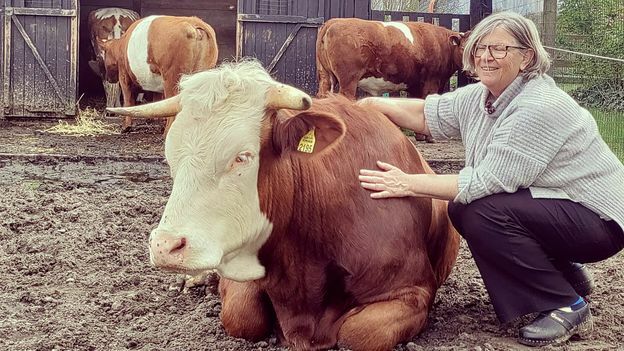
"Nous avons plusieurs fois entendu raconter à [Benjamin] Franklin, qu’il avoit observé dans les forêts de l’Amérique septentrionale, une espèce d’oiseau qui, de même, que le kamichi, ou les vanneaux armés, porte deux tubercules cornus aux coudes des ailes. Ces deux tubercules deviennent, disoit-il, à la mort de l’oiseau, les germes de deux tiges végétales, qui croissent d’abord en pompant les sucs de son cadavre, et qui s’attachent ensuite à la terre, pour y vivre à la manière des plantes et des arbres. Plusieurs savans naturalistes, et entre autres mon illustre collègue Lacépède, à qui j’ai parlé de ce fait, l’ignorent absolument : ainsi, malgré la grande véracité de Franklin, je ne le cite qu’avec beaucoup de réserve ; et je n’en tire aucune conclusion."
Cabanis, 1805.
Il s'agit peut-être du hoazin, oiseau remarquable des forêts tropicales sud-américaines, mais ses griffes ne sont présentes que chez les jeunes.
Je proposerais un jacana, soit roux, soit, plus probablement noir :
https://fr.wikipedia.org/wiki/Jacana_noir
https://fr.wikisource.org/wiki/Rapports_du_physique_et_du_moral_de_l%E2%80%99homme/Dixi%C3%A8me_M%C3%A9moire#cite_note-p310-8
#animhist
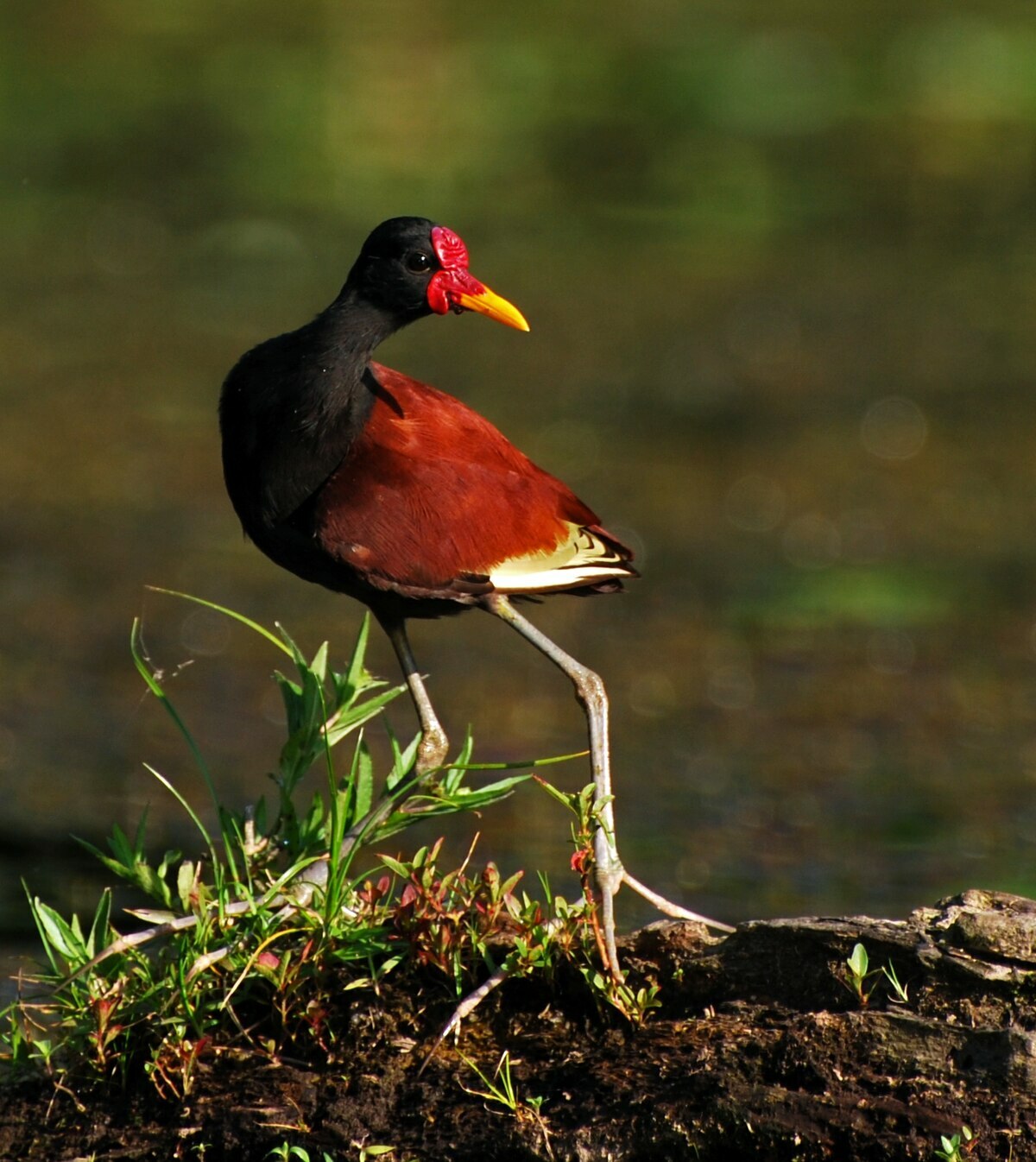
"On sait aussi par Cléarque, que cite Athénée, qu'à Trézène, les poulpes (comme du reste les argonautes) étaient regardés comme sacrés : il etait interdit de les pêcher."
#animhist
https://archive.org/details/lapieuvre0000roge/page/22/mode/2up?view=theater
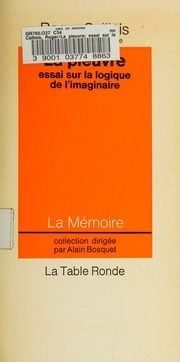
"Hugh's primary emblem is a white swan, in reference to (...) the wild swan that would eat from his hand and follow him about, and would attack anyone else who came near Hugh."
Alors comment vous dire... En fait.
Du point de vue du cygne, il était en couple exclusif avec votre évêque :p
https://en.wikipedia.org/wiki/Hugh_of_Lincoln#Iconography
#animhist cc @podittmar
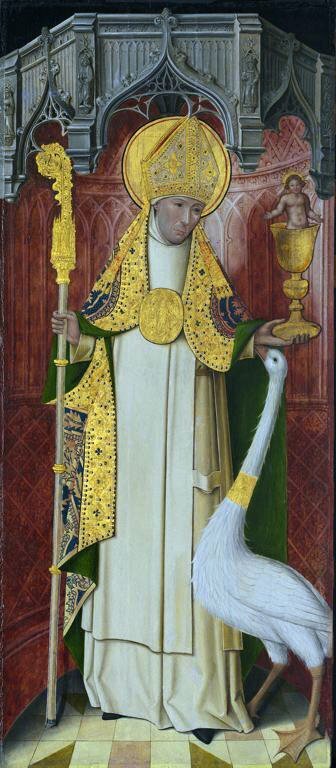
“That’s quite a strong result for telling us that feral dogs are not an established pest population in the wild in Australia,”
(...)
“We have a saying amongst our mob, if it looks like a dingo and it acts like a dingo, it is a dingo.”
https://www.theguardian.com/australia-news/2022/apr/06/most-wild-dogs-killed-across-rural-australia-are-pure-dingoes-dna-research-says
#animhist


